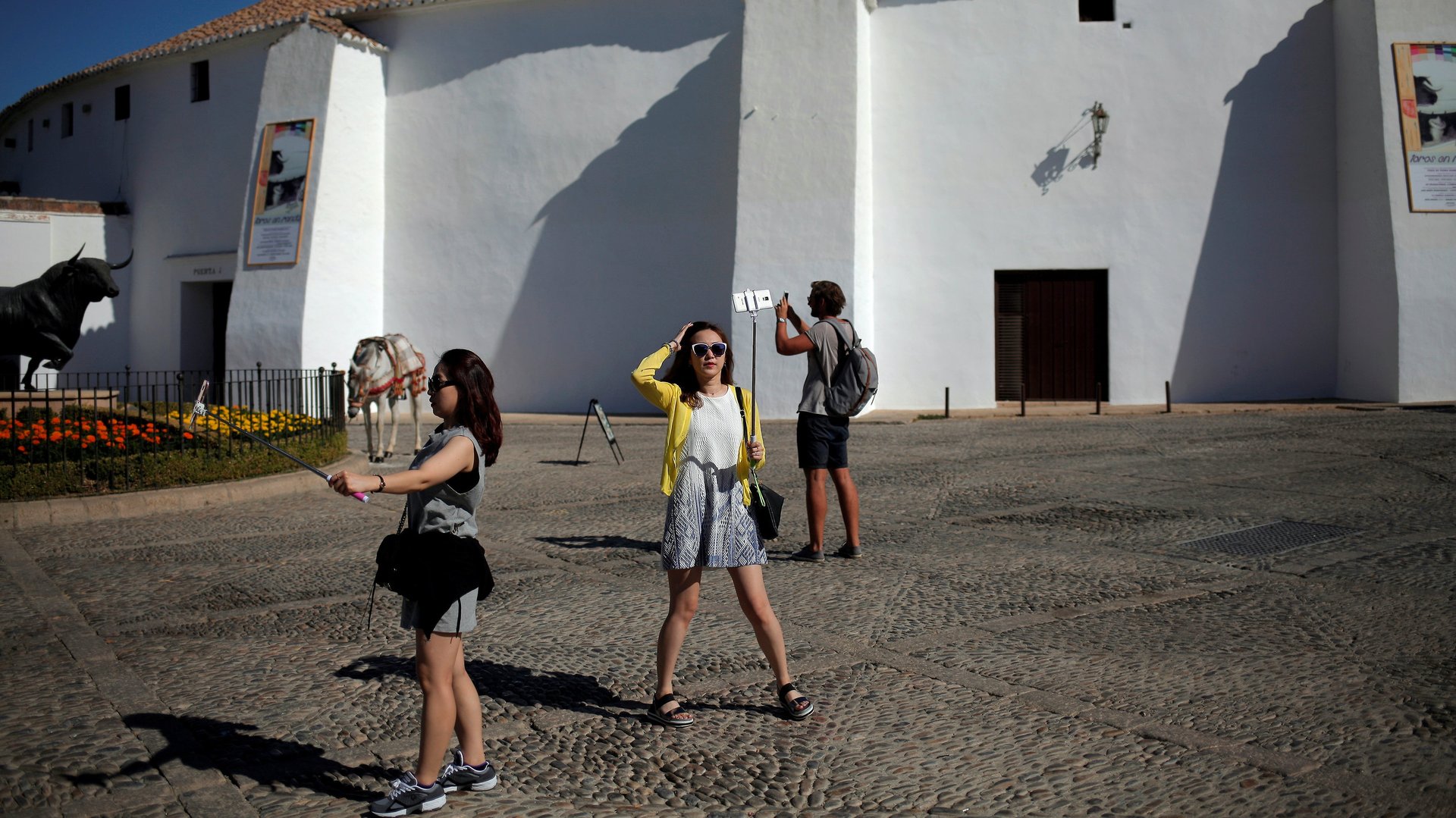It pays to keep your online presence thoroughly up to date
The quality of your online presence has real-world consequences. That’s the lesson from new research about Spain, tourism, and Wikipedia.


The quality of your online presence has real-world consequences. That’s the lesson from new research about Spain, tourism, and Wikipedia.
In order to understand the offline influence of online information (pdf), economists used city-level Spanish tourism data and Wikipedia’s various language editions in a clever experiment. They found that adding a modest amount of information to a city’s Wikipedia page appeared to lead to a 9% increase in visits by certain groups during the tourist season.
For their experiment, the researchers chose 60 cities that had Dutch, French, German, and Italian Wikipedia entries that were no more than 24,000 characters in length. In each language edition, they randomly chose 30 cities and added information to their entries.
For example, to test the effect of information on German tourists, the researchers took information relevant to tourists from the Spanish and English Wikipedia pages for a city, translated it into German, and added it to the city’s German Wikipedia page. They also usually added a photo from the other languages’ editions, too.
The Wikipedia pages were edited by the researchers in August 2014, and they assessed the impact on tourist visits from May-October of the following year. (More than 95% of the changes to French, German and Italian entries survived the study period, but one Dutch Wikipedia administrator wasn’t having it. All of the edits to these pages were deleted within 24 hours, so Dutch visitors were excluded from the analysis.)
The researchers then analyzed how the additional information impacted the number of visits to that city. Specifically, they looked at visits by nationals of the language edition they edited. They also tested the data to make sure that the changes weren’t just the result of a city becoming a more popular tourist destination in general.
Their analysis suggests that the Wikipedia edits, on average, led to a 9% increase in visits, and that the additional information had an even bigger impact on cities with sparse Wikipedia entries. For cities in the bottom quartile by length of their entry, they observed a 28% increase in visits. These visits are valuable, since the average tourist in Spain spends over €100 ($113) per day.
The researchers believe their finding extends to areas beyond tourism. They consider it an argument for regularly monitoring and updating company, product, and personal sites, and they have the data to prove it.